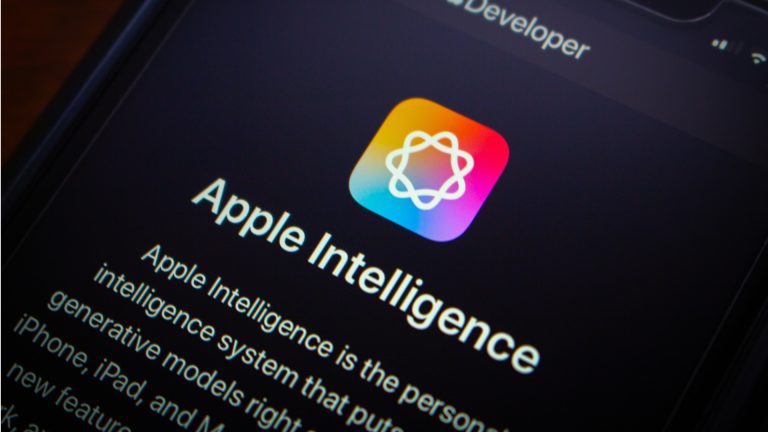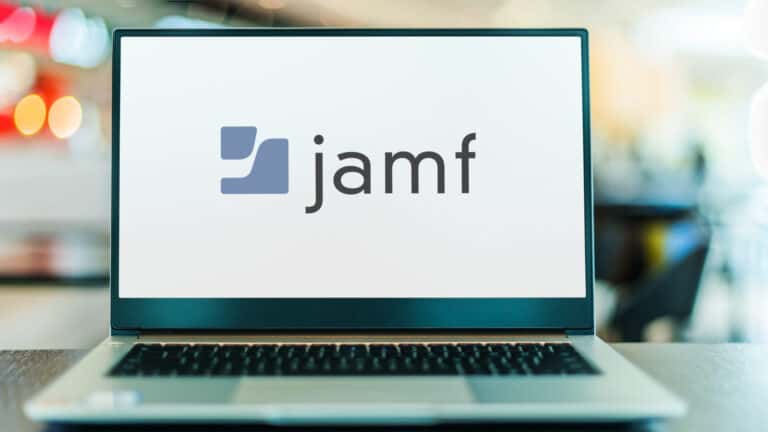
Ex-Google-Chef: “Klimaziele erreichen wir sowieso nicht”
Mit brisanten Kommentaren über die ökologischen Folgen von KI-Datenzentren hat der frühere Google-CEO Eric Schmidt für Wirbel gesorgt. Auf einem KI-Gipfel in Washington vertrat er die Ansicht, dass der Ausbau dieser Anlagen nicht gebremst werden sollte, da "wir die Klimaziele sowieso nicht erreichen werden".









